Lutetium Treatment
It is a type of radiotherapy used to target cancer cells using radioactive lutetium-177. Lutetium is a radioactive element and is combined with a substance that can bind to cancer cells to kill tumour cells.
Lutetium therapy is particularly used for cancers such as neuroendocrine tumours, prostate cancer and lymphoma. In this treatment, the patient is given a solution containing lutetium intravenously. The lutetium is transported into the tumours through the bloodstream and binds to the cancer cells. The radioactive lutetium emits radiation during the time it is near the tumour cells, causing the cancer cells to die.
Lutetium treatment can be used in addition to other cancer treatments or sometimes alone. The effect of the treatment may vary depending on the stage and type of cancer and the general health of the patient. However, lutetium therapy is seen as a treatment option with a high capacity to kill cancer cells.
How is lutetium-177 treatment performed?
It is primarily administered by a nuclear medicine specialist and is performed as follows:
1. Preparation: Before the treatment, the patient’s general health condition and the stage of the cancer are evaluated. To plan the treatment, the patient is injected with a substance that can bind to lutetium-177 (e.g. DOTATATE, PSMA). This substance targets tumour cells by binding to specific receptors found on cancer cells.
2. Imaging: The substance binds to cancer cells in the body and is detected using imaging methods such as PET or SPECT. These images help in planning the treatment.
3. Treatment: During treatment, a solution containing lutetium-177 is given intravenously. The lutetium-177 is transported and bound to the cancer cells through the bloodstream. The radioactive lutetium emits radiation during the time it is in close proximity to the cancer cells, causing the cancer cells to die. The treatment usually takes a few hours and is usually performed in an outpatient clinic.
4. Aftercare: After the treatment, the general health status of the patient is monitored. The radioactive body fluids (urine, sweat, saliva) of the patients for several days are collected in a special way and specially processed and removed. Pain, fatigue and other side effects may occur after treatment.
Lutetium-177 treatment can be used in combination with other cancer treatments or alone. Treatment may vary depending on the patient’s general health and the stage and type of cancer. However, lutetium-177 treatment is seen as a treatment option with a high capacity to kill cancer cells.
Lutetium therapy is particularly used for cancers such as neuroendocrine tumours, prostate cancer and lymphoma. In this treatment, the patient is given a solution containing lutetium intravenously. The lutetium is transported into the tumours through the bloodstream and binds to the cancer cells. The radioactive lutetium emits radiation during the time it is near the tumour cells, causing the cancer cells to die.
Lutetium treatment can be used in addition to other cancer treatments or sometimes alone. The effect of the treatment may vary depending on the stage and type of cancer and the general health of the patient. However, lutetium therapy is seen as a treatment option with a high capacity to kill cancer cells.
How is lutetium-177 treatment performed?
It is primarily administered by a nuclear medicine specialist and is performed as follows:
1. Preparation: Before the treatment, the patient's general health condition and the stage of the cancer are evaluated. To plan the treatment, the patient is injected with a substance that can bind to lutetium-177 (e.g. DOTATATE, PSMA). This substance targets tumour cells by binding to specific receptors found on cancer cells.
2. Imaging: The substance binds to cancer cells in the body and is detected using imaging methods such as PET or SPECT. These images help in planning the treatment.
3. Treatment: During treatment, a solution containing lutetium-177 is given intravenously. The lutetium-177 is transported and bound to the cancer cells through the bloodstream. The radioactive lutetium emits radiation during the time it is in close proximity to the cancer cells, causing the cancer cells to die. The treatment usually takes a few hours and is usually performed in an outpatient clinic.
4. Aftercare: After the treatment, the general health status of the patient is monitored. The radioactive body fluids (urine, sweat, saliva) of the patients for several days are collected in a special way and specially processed and removed. Pain, fatigue and other side effects may occur after treatment.
Lutetium-177 treatment can be used in combination with other cancer treatments or alone. Treatment may vary depending on the patient's general health and the stage and type of cancer. However, lutetium-177 treatment is seen as a treatment option with a high capacity to kill cancer cells.

+90 537 656 24 68
Moment Office
Beştepe Mahallesi 32nd Street No:1 Floor:5 Interior Door No:93 Yenimahalle / Ankara
Download Now!
Wetreat AppGet a health check for you and your loved ones fast. Find out possible causes 24/7 – no appointment needed. You can check your symptoms online from the comfort of your own home. Whatever’s bothering you, from pain, headache or anxiety to allergy or food intolerance, wetreat’s free symptom checker can help you find answers.
We will be with you soon with our mobile application.


